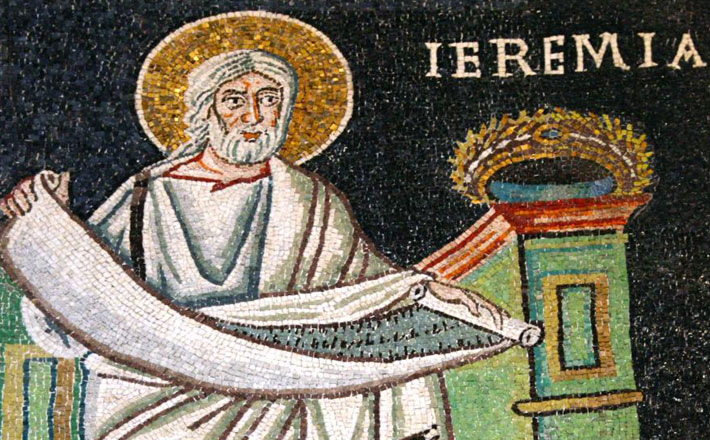Commentary on Jeremiah 32:1-3a, 6-15
• 5/30/2021: Jeremiah 1:1-10; 7:1-11 Call and Temple Sermon
• 6/6/2021: Jeremiah 18:1-11 Potter and the Clay
• 6/13/2021: Jeremiah 36:1-8, 21-23, 27-31 Scroll Burned and Rewritten
• 6/20/2021: Jeremiah 29:1, 4-14 Letter to the Exiles
• 6/27/2021: Jeremiah 32:1-3a, 6-15 Planting and Building
• 7/4/2021: Jeremiah 33:14-18; 31:31-34 Messiah and New Covenant
Week 5: Planting and Building
Jeremiah 32:1-3a, 6-15
The second siege of Jerusalem by the Babylonians forms the setting for this chapter. The confinement of the entire city mirrors Jeremiah’s own confinement in prison by King Zedekiah. This dual detention also reflects a twofold struggle in the book: Jeremiah and Zedekiah on the one hand and Babylon and Judah on the other. Zedekiah’s challenge to Jeremiah regarding his unsupportive words goes unacknowledged in the chapter (32:4-5). The narrative moves quickly to the Babylonian crisis. The pending offer from Jeremiah’s cousin Hanamel to purchase property in his ancestral hometown of Anathoth picks up from that hanging thread (32:6). Exactly how Hanamel enters the city during the siege if he lives in Anathoth remains unclear. Nevertheless, the property transaction functions as another sign with interpretive significance (32:15). The real estate transaction points to a future where similar transactions will occur. The measures taken to ensure the survival of the deed suggest this all may take place in the distant future rather than a near turn around (32:10-14). Even further, the inevitability of judgment as expressed in the deep divine anger, in response to Jeremiah’s supplications, indicates that there will be no short cut to restoration (32:26-41). At best, Jeremiah’s purchase implies defiance; defiance against his arrest by Zedekiah and against Babylonian imperialism. The deal sustains traditions relating to the land to ensure that ancestral land remains in the family. By transacting this deal in the middle of the siege, Jeremiah’s action focuses on the capacity of the land to sustain the dailyness of life. To thrive amidst the disaster, Jeremiah summons the critical community resource needed to be resilient.
What does resilience look like for your community in this time of pandemic?


June 27, 2021